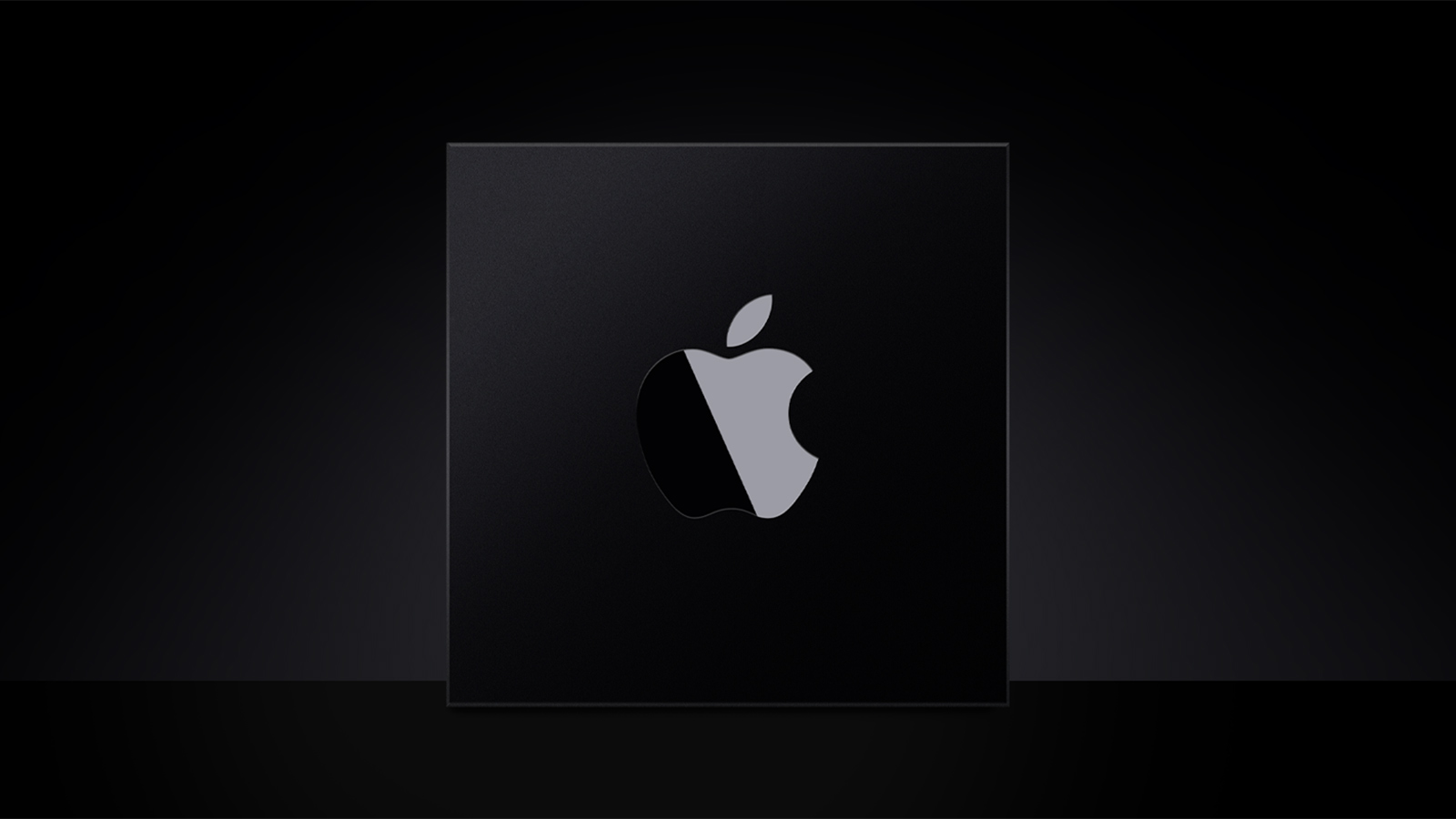Apple rumored to kick off M5 chip production using TSMC performance-enhanced 3nm node

Apple has started large-scale production of its next-generation M5 processor for desktops, laptops, and high-performance tablets, reports ETNews citing its own sources. The new system-on-chip (SoC) is expected to use a performance-enhanced N3P fabrication process, which was set to enter mass production in the second half of 2024, so the information has some merit. Still, as the information comes from an unofficial source, it should be taken with a grain of salt.
Apple's M5 is the next-generation CPU for entry-level Macs as well as high-end iPad Pro tablets. The M5 family is projected to include M5, M5 Pro, M5 Max, and M5 Ultra processors, though Apple has not formally disclosed its plans concerning the lineup. Also, the company did not disclose any specifications of these units, though we expect them to feature new general-purpose cores, revamped GPUs, improved NPUs, and possibly enhanced memory subsystems.
The report claims that Apple's new M5 processors will use organic substrates featuring 'Ajinomoto's upgraded ABF films,' which can increase the density of interconnections as well as decrease the thickness of SoC packages. In addition, the high-end M5 Pro, Max, and Ultra versions will use hybrid bonding and a 2.5D packaging technology — TSMC's SoIC-mH (molding horizontal) — to disaggregate the CPU and GPU (taking a page from Intel's book) and reduce thermal density, according to Ming-Chi Kuo, a reputable analyst from TF International Securities. Transition to multi-chiplet designs with high-performance CPUs makes sense for Apple, as it will let the brand increase yields at the cost of a longer production cycle.
This year's SoCs are all expected to use TSMC's N3P manufacturing technology, a performance-enhanced optical shrink of the company's N3E fabrication process. As an optical shrink, the N3P node allows processors developers to either boost performance by 4% at the same power level or cut power use by 9% at identical clock speeds. Additionally, it increases transistor density by 4% for mixed designs, defined by TSMC as 50% logic, 30% SRAM, and 20% analog circuits.
Considering microarchitectural enhancements, process technology improvements, and the multi-chiplet design of Apple's premium M5 SoCs, it's logical to assume they'll offer substantial performance advantages over M4 CPUs (though actual numbers remain to be seen).
TSMC said multiple times that its N3P would enter mass production in the second half of 2024, so it would make sense, time-wise, for the company to have started mass producing chips on this manufacturing node late last year. It is likely that Apple's M5 will be among the first processors to use N3P (though this is speculation), so the chance that TSMC is currently mass producing the SoC is fairly high. As for higher-end M5 Pro, M5 Max, and M5 Ultra variants that presumably rely on a multi-chiplet design and use advanced packaging, we expect their mass production will start a little later.
This doesn't mean the first Apple products with the M5 are around the corner — Apple finished updating its lineup of products with its M4 series processors in October, so it's likely not going to rush the successors just yet. We expect we'll see M5 products later this year.
Get Tom's Hardware's best news and in-depth reviews, straight to your inbox.

Anton Shilov is a contributing writer at Tom’s Hardware. Over the past couple of decades, he has covered everything from CPUs and GPUs to supercomputers and from modern process technologies and latest fab tools to high-tech industry trends.
-
watzupken I am not really expecting substantial performance improvement. The performance improvement moving from say M3 to M4 is significant likely due to the adoption of the ARMv9 architecture.Reply -
Penzi “Apple finished updating its lineup of products with its M4 series processors in October,”Reply
Umm, what? The MacBook Air is still on the M3 generation and the Mac Studio and Mac Pro are both still on the M2 generation. Although there is doubt the desktops will get M4 processors, there is no doubt that the MBAir will get them… no doubt /= veracity in any way, of course -
OldAnalogWorld The growth of performance per 1W of consumption will continue to fall. We are getting closer to the silicon dead end. The point of buying new models (and with an ever-increasing price, growing faster than the official inflation), i.e. demand, will fall almost along the same curve (adjusted for the continuing growth of the planet's population), unless companies find a way to horizontally improve the quality of gadgets so that buying new models makes sense in 3 years. Or they don't come up with even more sophisticated schemes for artificial aging of gadgets, forcing the masses to buy new models. Like the forced transfer to W11, which essentially no one needs. Remember the promise of M$ - "W10 will be the last" ...Reply
Apple has made great strides over the last 15 years by betting on TSMC, but now even TSMC can't deliver the same performance gains per watt that it once did.